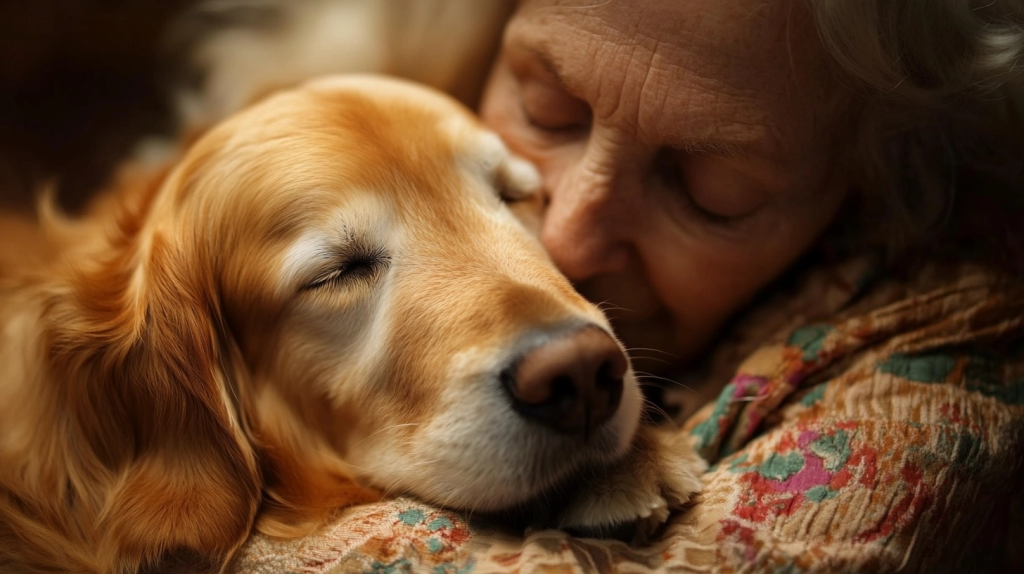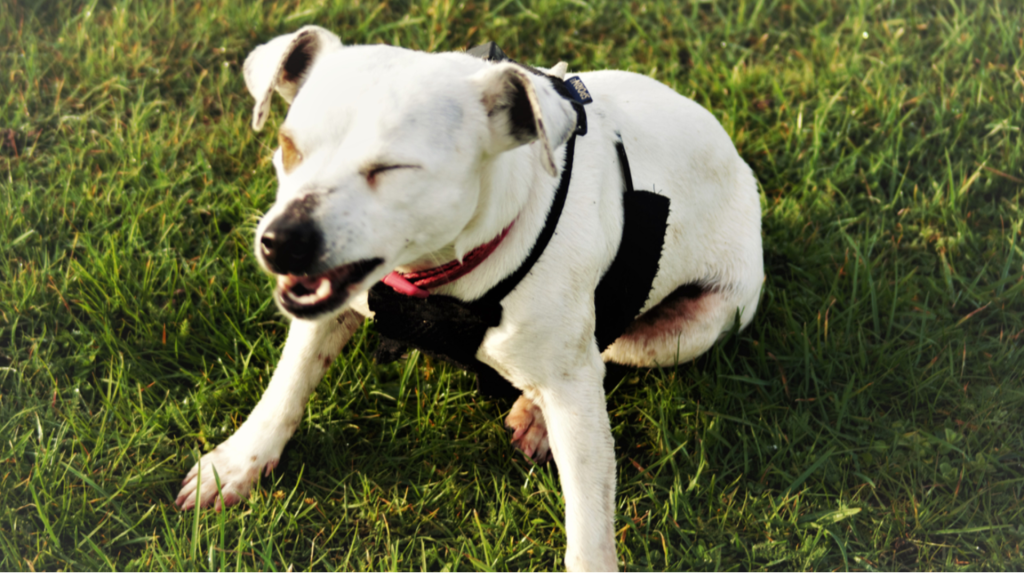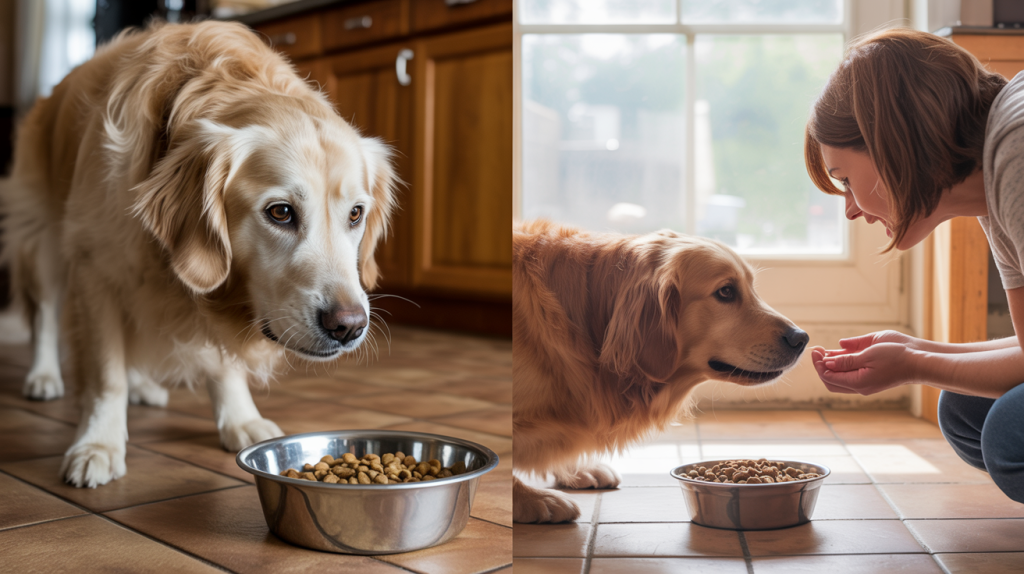Dog owners often notice their furry companions squinting, pawing at their faces, or showing unusual discharge from their eyes.
These concerning behaviors typically signal eye injuries that, while common, can quickly escalate from minor irritation to serious vision problems if left untreated.
Understanding the warning signs and common causes can save pet parents from costly vet bills and, more importantly, protect their dog’s precious eyesight.
This blog will walk readers through dog eye injury, explaining what causes each condition and how to recognize the symptoms before they become serious problems
Types of Dog Eye Injury
Dog owners often notice their furry companions squinting, pawing at their faces, or showing unusual discharge from their eyes.
The following are common dog eye injuries.
1. Corneal Scratches and Abrasions
The cornea, that clear front layer of the eye, gets damaged surprisingly easily. Dogs scratch their corneas while playing rough with other pets, running through dense brush, or even during overzealous face rubbing.
Symptoms include excessive tearing, squinting, and pawing at the affected eye. Most scratches heal within days, but deeper wounds need immediate veterinary attention to prevent infection and scarring.
2. Foreign Object in the Eye
Dust, grass seeds, thorns, and small debris frequently get lodged in dogs’ eyes during outdoor adventures. The eye responds by producing tears and discharge to flush out the irritant.
Owners might notice their dog blinking excessively or keeping one eye closed. Never attempt to remove objects yourself, as this can push them deeper or cause additional damage to delicate eye tissues.
3. Chemical Burns
Household cleaners, shampoos, flea treatments, and lawn chemicals can splash into a dog’s eyes and cause severe burns. The damage happens quickly and worsens without immediate treatment.
Symptoms include intense pain, redness, and cloudy or swollen eyes. Rinse the eye immediately with clean water for several minutes, then rush to the nearest emergency vet.
Chemical burns can permanently damage vision if not treated promptly.
4. Conjunctivitis (Pink Eye)
This inflammation of the thin membrane covering the eye appears as redness, swelling, and thick discharge. Bacterial infections, allergies, or irritants typically cause conjunctivitis in dogs.
The condition spreads easily between pets and sometimes to humans. While uncomfortable, most cases respond well to antibiotic eye drops or ointments prescribed by a veterinarian.
Keep the affected eye clean and prevent scratching until healing occurs.
5. Glaucoma
Increased pressure inside the eye characterizes this serious condition that can rapidly lead to blindness. Primary glaucoma results from genetic factors, while secondary glaucoma develops from other eye injuries or infections.
Dogs with glaucoma show pain, cloudy or enlarged eyes, and vision loss. The condition progresses quickly and requires emergency treatment to preserve sight. Certain breeds face higher risks than others.
6. Eyelid Injuries and Lacerations
Dog fights, accidents, or sharp objects can tear or puncture the delicate eyelid tissue. These wounds bleed heavily and often look worse than they actually are.
However, eyelid injuries require professional repair to heal properly and maintain normal eye function. Even small cuts can develop infections or heal incorrectly, causing ongoing problems.
7. Retinal Detachment
This serious condition occurs when the retina separates from the back wall of the eye, causing partial or complete vision loss. Trauma, high blood pressure, or genetic factors can trigger detachment.
Dogs may bump into objects, hesitate before jumping, or show sudden behavior changes related to vision problems.
Emergency surgery sometimes restores sight, but success depends on quick intervention and the extent of damage
Symptoms of Dog Eye Injuries
Dog owners often notice changes in their pet’s eyes but struggle to identify whether it’s a minor irritation or something more serious.
The following are Symptoms of Dog Eye Injury.
Excessive Tearing or Discharge
When a dog’s eye produces large amounts of clear tears or develops thick, colored discharge, it often indicates an injury or infection. This symptom may appear alongside other warning signs and requires prompt attention.
Pawing or Rubbing at the Eye
Dogs instinctively paw at their eyes when experiencing discomfort, but this behavior can worsen existing injuries. Constant rubbing may indicate pain, itching, or the presence of foreign objects trapped in the eye area.
Squinting or Keeping Eyes Closed
A dog that squints frequently or keeps one or both eyes partially or completely shut is likely experiencing significant pain. This protective response helps shield the injured eye from light and further irritation.
Redness and Swelling
Inflamed, red eyes or swollen eyelids clearly indicate injury or infection. The surrounding tissue may appear puffy, and the eye itself might look bloodshot or unusually pink compared to its normal appearance.
Cloudy or Hazy Appearance
When a dog’s normally clear eye develops a cloudy, milky, or hazy appearance, it suggests serious injury to the cornea or internal structures. This symptom often indicates significant damage requiring immediate veterinary care.
Light Sensitivity
Dogs with eye injuries often become extremely sensitive to bright lights, preferring dark spaces or turning away from light sources. This photophobia typically accompanies other symptoms and indicates corneal damage or inflammation.
Changes in Pupil Size
Unequal pupil sizes between the two eyes, or pupils that don’t respond normally to light changes, suggest nerve damage or serious internal eye injury. This symptom requires emergency veterinary evaluation
Treatments Available
Treating dog eye injuries requires immediate veterinary attention, as delaying care can lead to permanent vision loss.
Treatment varies depending on the injury type and severity. Minor scratches may require antibiotic eye drops and pain medication, while serious injuries might need surgical intervention.
Owners should never attempt home remedies or use human eye medications, as these can worsen the condition.
During recovery, dogs typically wear protective cones to prevent further damage from pawing. Most treatments involve applying prescribed medications several times daily and keeping the eye clean.
Regular follow-up appointments ensure proper healing and catch any complications early. With prompt, appropriate treatment, many dogs recover completely from eye injuries
Risks and Complications of Eye Injuries in Dogs
Eye injuries in dogs can escalate quickly from minor irritations to serious complications that threaten vision permanently.
Permanent Vision Loss
Untreated or severe eye injuries can result in partial or complete blindness in the affected eye. Damage to the retina, optic nerve, or cornea may be irreversible, particularly when infections spread deeper into eye structures.
Quick veterinary treatment significantly reduces this devastating risk.
Corneal Scarring
Deep scratches or ulcers on the cornea can heal with scar tissue formation, creating permanent cloudy spots that obstruct vision.
These scars may cause ongoing discomfort and light sensitivity. While some scarring is superficial, extensive damage can severely impact a dog’s ability to see clearly.
Secondary Infections
Open wounds in or around the eye create entry points for bacteria and other pathogens. These secondary infections can spread rapidly, causing more severe damage than the original injury.
Bacterial infections may lead to abscesses, deeper tissue damage, and systemic complications requiring aggressive antibiotic treatment.
Glaucoma Development
Eye trauma can disrupt normal fluid drainage within the eye, leading to increased pressure known as glaucoma.
This painful condition damages the optic nerve and can cause rapid vision loss if left untreated. Dogs may develop chronic glaucoma months or years after the initial injury.
Chronic Pain and Discomfort
Some eye injuries result in long-term pain, even after healing appears complete. Dogs may experience ongoing sensitivity to light, frequent tearing, or persistent discomfort that affects their quality of life.
This chronic pain can lead to behavioral changes and reduced activity levels in affected pets
The Bottom Line
Protecting a dog’s vision requires vigilance and swift action when eye injuries occur.
Pet owners who understand these dog eye injuries and their warning signs are better equipped to provide timely care that can save their dog’s sight.
Remember, eye injuries often appear minor initially but can rapidly progress to serious complications. Any concerning symptoms warrant immediate veterinary evaluation rather than a wait-and-see approach.
The key lies in prevention through regular eye care and creating safe environments for dogs.









